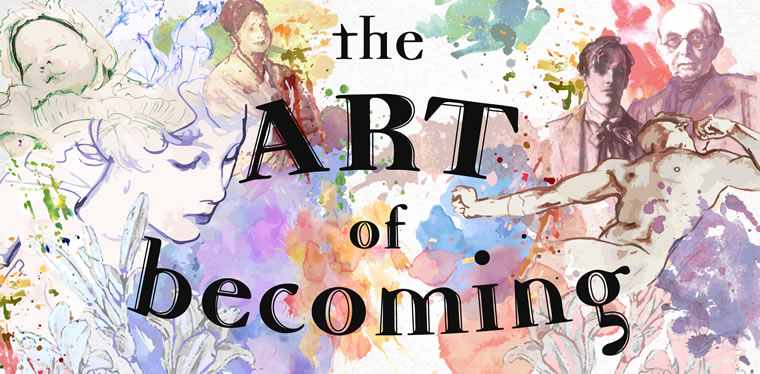Here we are, in the first year of this century to initiate with a Full Moon. It would now be worthwhile to look ahead just a bit to see where the lunar theme leads. We need go no further than the last day of this first month of 2018. That’s when we will have the first of two total lunar eclipses (which, not incidentally, take place during Full Moons) this year.
If 2017 was (as many think) distinguished by the “Great American” total solar eclipse, 2018 could just as well represent an emblematic balancing of luminary (Sun and Moon) ledgers. You might say the Moon’s turn initiated just as the annual civil calendar turned.
In support of that assertion, the lunar nodes are, as if on cue, coming into astrology’s spotlight this week. What, you may ask, does that have to do with eclipses? In a word, everything.
The lunar nodes are not tangible objects like the Sun and Moon. They are calculated points, both in the sky and on the zodiac. Essentially (to simplify this explanation), there are two of them. One (the ascending, or “north” node) corresponds to where the Moon’s orbit around the Earth rises above the so-called “ecliptic plane” defined by Earth’s orbit around the Sun.
Logically enough, the other (descending, or “south”) node is where the Moon’s orbit descends below the ecliptic.
The lunar nodes are not stationary points. They move. On a zodiac chart (and once again, simplifying things) their net motion over time is retrograde — which is to say clockwise — which leads to their spending about 18 months in each sign. One important thing to remember is, at any given moment, the two nodes are precisely on opposite sides of both the sky and zodiac circle.
The most important thing to remember, however, is that the lunar nodes are where eclipses take place. For only when the Sun, Moon and Earth are aligned in the same plane can the Moon and Earth alternate in casting shadows on one another.
And alternate they do. Most of the time, eclipses take place in pairs — one (the solar) at a New Moon, and the other (the lunar) during a Full Moon. Sometimes (as will take place from mid-July to mid-August this year), luminary timing relative to the nodes allows three in a row.
But first and foremost, on an astrology chart, the solar symbol (which looks like a bagel) must be near the zodiac glyph for a lunar node (which looks like a horseshoe) for any eclipse to be taking place at all.
At this time (and for months to come), the ascending lunar node may be found in Leo. Accordingly, the descending counterpart is on the opposite side of the zodiac in Aquarius.
Right now, the Sun is moving through the middle third of Capricorn at a rate of about one degree per day. The second Full Moon of this year (and month) will take place on Jan. 31 with the Sun in mid-Aquarius (very close to the southern node) and the Moon in Leo (just as close to the northern node).
When that happens, the Earth (moving, by definition, in the ecliptic as it always does) will block the Sun’s light from anything on the other side of the Earth from the Sun. Because the Moon will be near one of its nodes (and hence, for a brief time, also in the ecliptic) we know it will also be in Earth’s shadow. Voila, a lunar eclipse.
Interestingly, the Sun, Venus, Mars and Jupiter are all taking their turn in aspect (geometric relationship on the zodiac) to the lunar nodes as 2018 begins. To put those relationships in non-technical terms, Mars and Jupiter are moving to share the same degree of Scorpio later this week (a conjunction). Similarly, the Sun and Venus are moving to share the same degree of Capricorn early next week (another conjunction).
As they move to pair up, Mars and Jupiter are also moving in what is implied to be a tense relationship with the lunar nodes (a square aspect). For their own part the Sun and Venus are metaphorically positioned so as to not “see” the nodes clearly.
Hence, if there is anything hanging fire for you going into this weekend (or, alternatively, if there is any lack of clarity going into next week), mark your calendar for Jan. 31. If there is any use to which you can put the next Full Moon and lunar eclipse, it will likely be to both relieve and resolve issues you first encounter in the days just ahead.
All the better to actually make your New Year more happy in deed, as well as in word.
Offered In Service

The Art of Becoming, the 2018 Planet Waves Annual by Eric Francis, will be your best guide to the major astrological shifts ahead. If you pre-order now, you’ll not only get all 12 signs of the written reading for $99, but we’ll include three extra videos covering the forthcoming sign changes of Saturn, Chiron and Uranus. These videos are only included if you get all 12 signs. You may choose your individual signs here.



Thanks Len, a great explanation of celestial mechanics, and it’s deeper meaning.